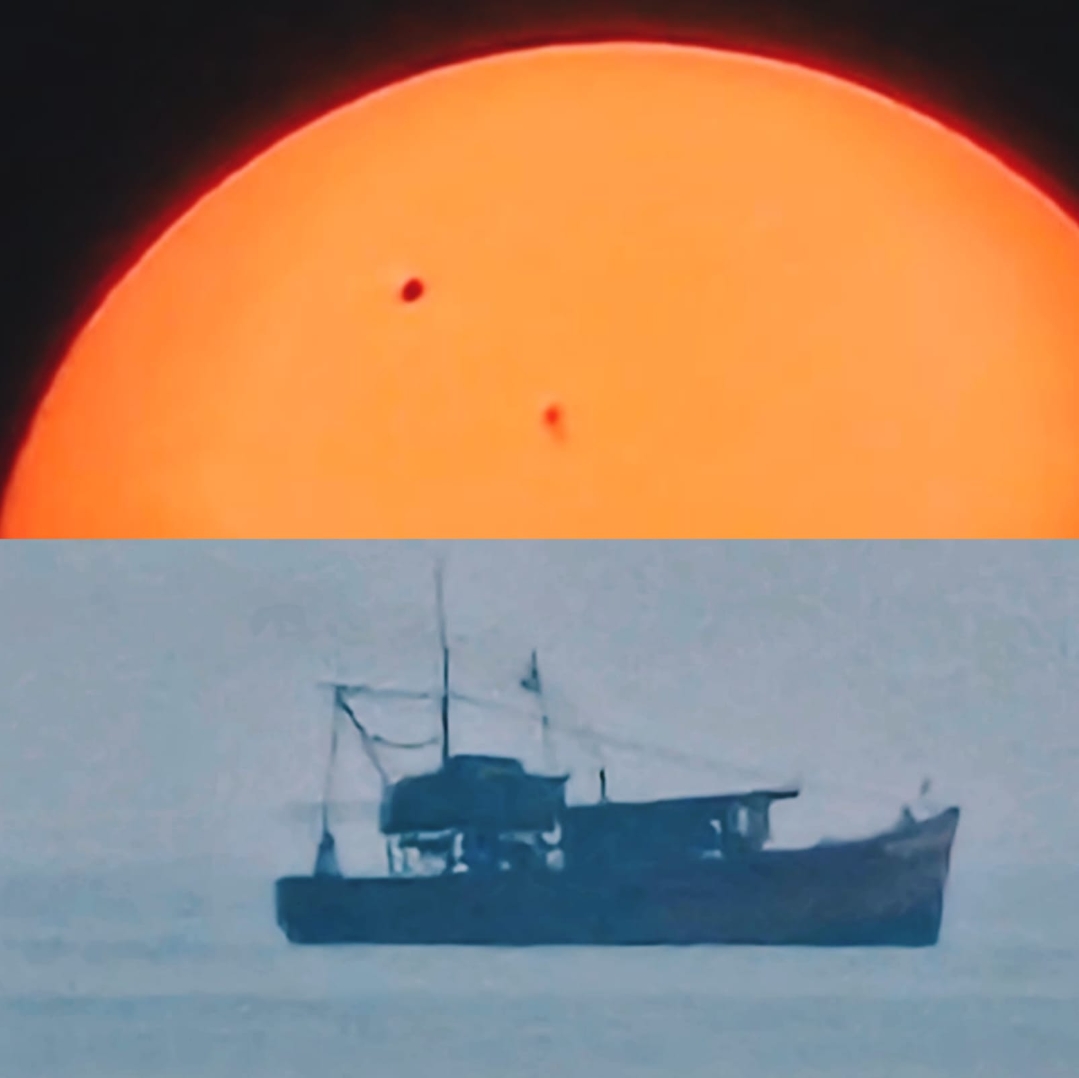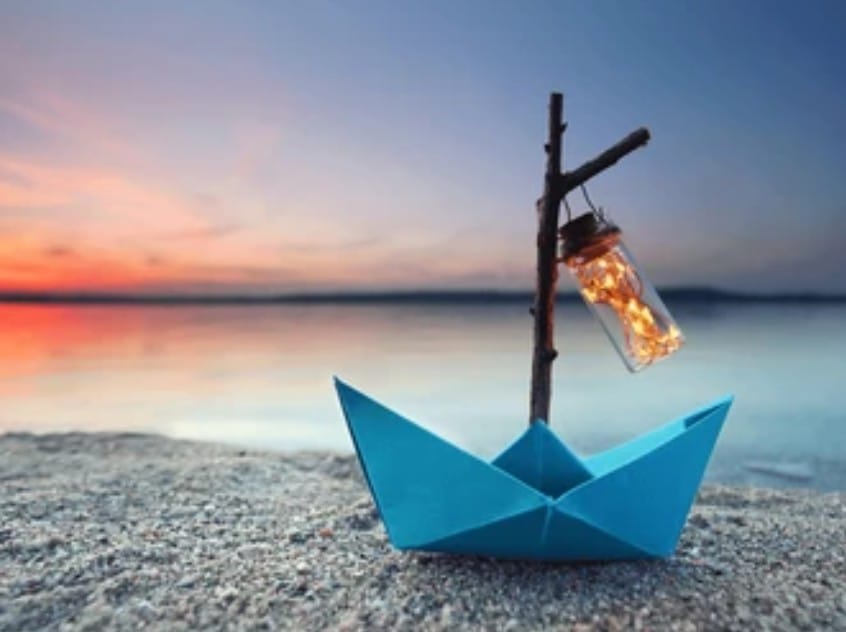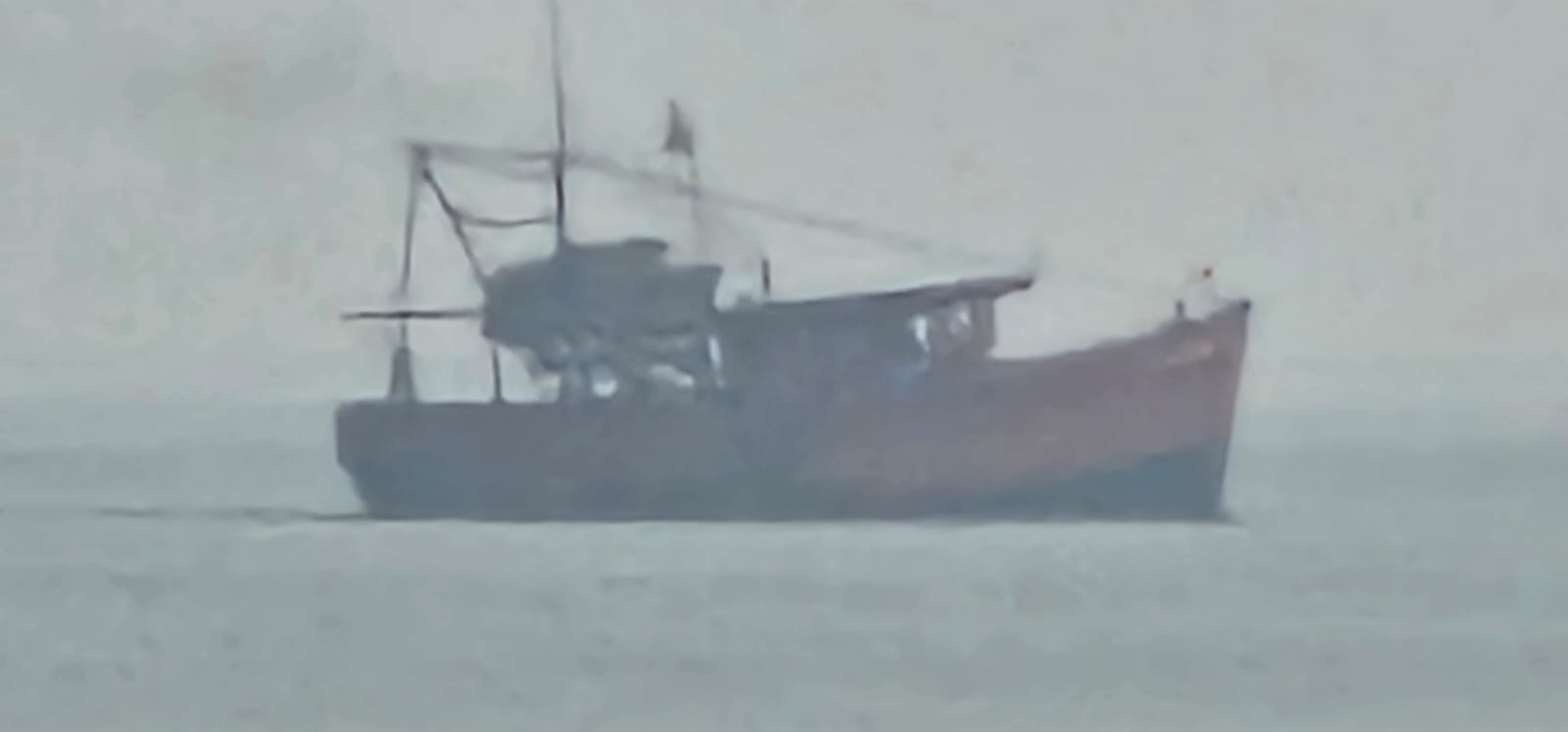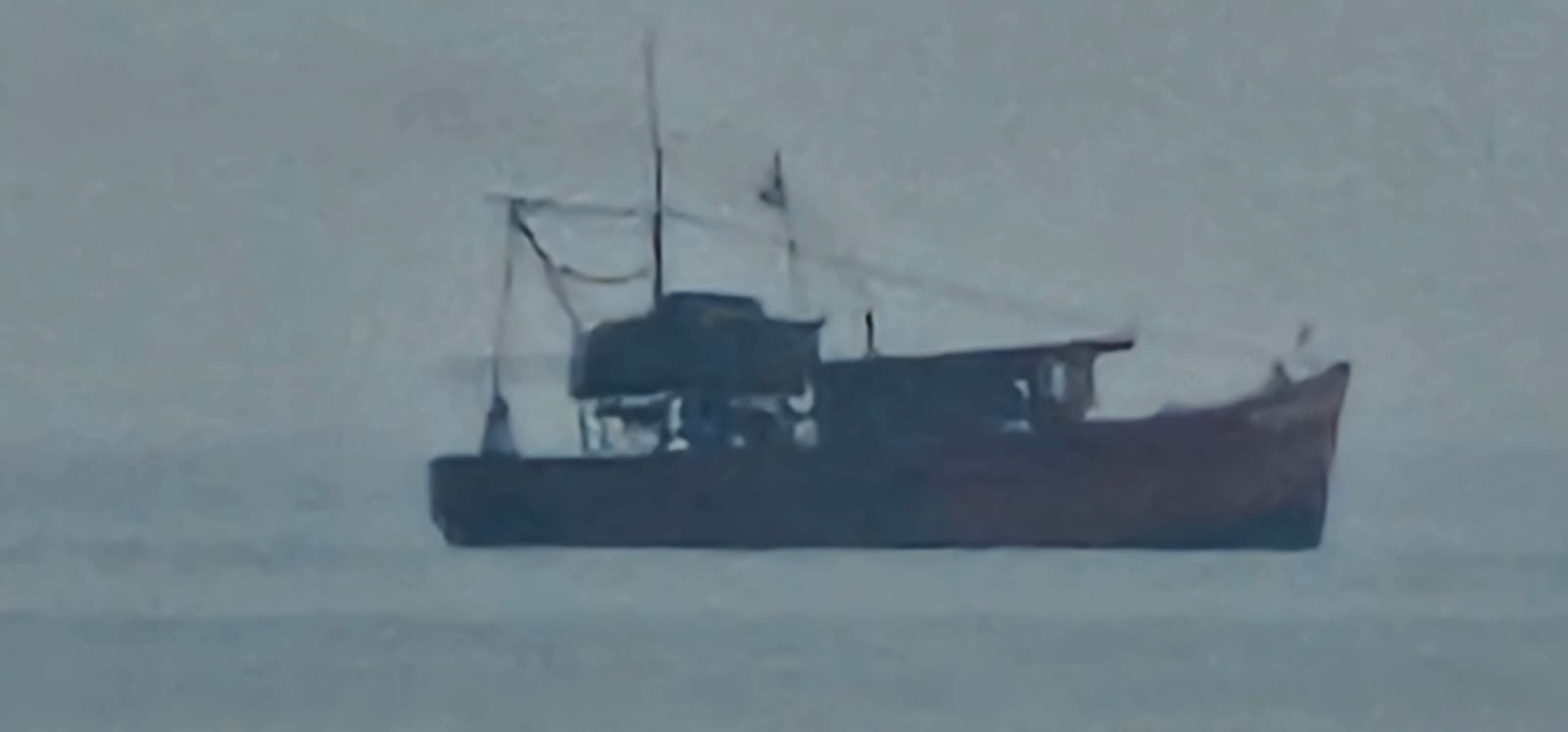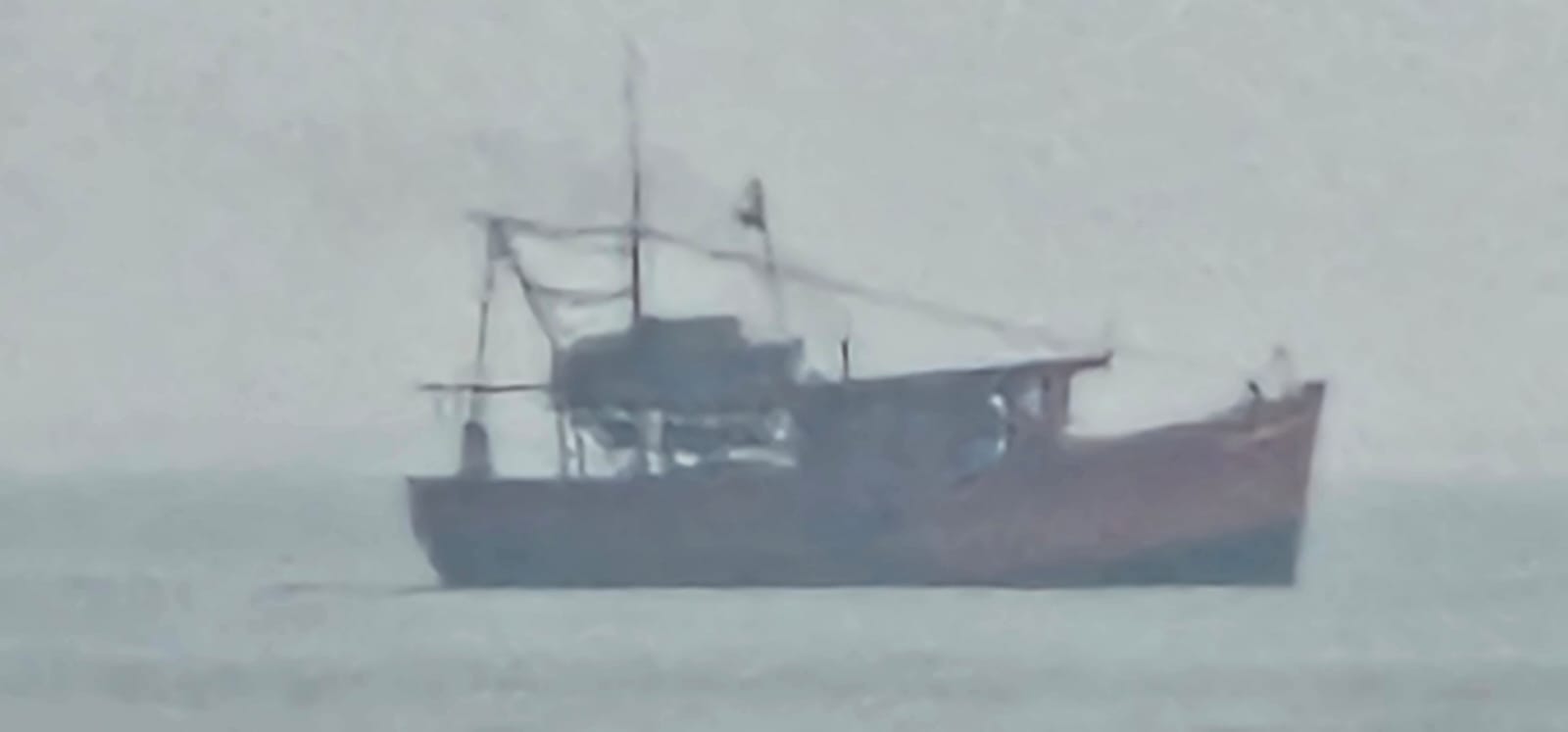Odisha’s Maritime Legacy: The Significance of Kartik Purnima in Celebrating a Rich Seafaring History
Odisha’s rich maritime history is a lesser-known chapter in India’s vast heritage, yet it holds a profound significance in the cultural, economic, and spiritual lives of the Odia people. Every year, the celebration of Kartik Purnima stands as a grand testament to this ancient legacy, honoring Odisha's historic sea trade and its deep-rooted connection to the seas. On this auspicious day, the state comes alive with vibrant rituals, fairs, and a unique festival that bridges tradition with maritime history—the Boita Bandana Utsav.
Historical Background: Odisha’s Seafaring Prowess
Odisha, formerly known as Kalinga, had a flourishing maritime industry as early as the 3rd century BCE. The Kalinga Empire was famous for its skilled sailors and traders, who ventured far across the Bay of Bengal to establish trade relations with Southeast Asian countries such as Indonesia, Malaysia, Sri Lanka, and even beyond to Thailand, Cambodia, and Vietnam. Ancient Odia merchants, known as Sadhabas, set sail on massive boats, or boitas, loaded with spices, textiles, ivory, and other valuable items. This commerce enabled Odisha to thrive economically and left a significant cultural imprint in these regions.
Odisha’s maritime history is also intertwined with tales of the ancient ports of Tamralipta (Tamluk), Manikpatna, and Palur, which served as bustling trade centers linking India to Southeast Asia. The annual observance of Kartik Purnima is a way to honor and remember this remarkable past, celebrating both the courage of these early mariners and Odisha's historic economic ties.
Kartik Purnima and the Boita Bandana Utsav
Kartik Purnima, the full moon day of the Hindu month of Kartik, is a day of profound cultural importance in Odisha. The day is traditionally celebrated with the Boita Bandana Utsav or "the festival of boat worship." At dawn, people from all walks of life gather by rivers, lakes, and the seashore to set miniature boats, or boitas, afloat on the water. These tiny boats are often crafted from banana stems, cork, or paper, and are decorated with lamps, flowers, and incense sticks, symbolizing the large vessels used by ancient merchants.
The ritual, especially popular in coastal areas, is a symbolic re-enactment of the farewell that would be given to ancient traders embarking on their seafaring journeys. The boita-laden waters reflect Odisha's historic connection to the sea and serve as a tribute to the spirit of adventure, commerce, and cultural exchange that defined its past.
The Spiritual and Cultural Connection
The festival is not only a reflection of maritime history but also has deep spiritual meaning. According to tradition, the month of Kartik is dedicated to Lord Jagannath and Lord Vishnu, both of whom are revered as protectors of seafarers. Devotees observe Kartik Purnima with rituals, prayers, and a commitment to non-violence and purity. As they set the boitas afloat, they offer prayers for protection and blessings, honoring the brave ancestors who risked their lives at sea. The act of releasing boats is also symbolic of letting go of past attachments and embracing new beginnings with the hope of prosperity.
Kartik Purnima Today: A Cultural Revival
Today, the Boita Bandana Utsav has evolved into a major festival, attracting locals and tourists alike. Large gatherings take place in cities like Cuttack, Paradeep, and Puri, where traditional boat-building displays, cultural performances, and fairs add to the celebrations. The event has also sparked a renewed interest in Odisha’s maritime heritage, inspiring younger generations to reconnect with this powerful legacy.
The state government and cultural organizations are working to preserve and promote this heritage by supporting events and exhibitions that educate people about Odisha’s ancient trade routes, shipbuilding techniques, and historic contributions to regional commerce.
Odisha’s Maritime Legacy: A Lasting Influence
Odisha’s maritime past has left an indelible mark not only within India but also across Southeast Asia. Ancient inscriptions, temples, and cultural practices in countries like Bali, Java, and Sumatra reflect Odisha’s influence, where Hinduism, Buddhism, and elements of Odia culture still resonate.
The celebration of Kartik Purnima and Boita Bandana reminds us of this shared cultural heritage, symbolizing a time when Odisha played a pivotal role in cultural and economic exchanges across the region. It’s a legacy that Odia people hold with pride, and through Kartik Purnima, they continue to honor the enduring spirit of adventure, resilience, and interconnectedness that defined their forefathers.
Conclusion
Kartik Purnima and the Boita Bandana Utsav are more than just cultural festivals—they are living legacies that bridge Odisha’s past with the present. By celebrating this festival, the people of Odisha pay homage to a bygone era of maritime prowess, spiritual depth, and cultural solidarity. The sight of thousands of boats afloat on Odisha’s waters is a powerful reminder of the courage, vision, and tenacity of their ancestors, leaving an inspiring message for future generations.
#KartikPurnima #BoitaBandanaUtsav #OdishaMaritimeHeritage #AncientTradeRoutes #OdishaCulture #SeaTradeHistory #KalingaEmpire #OdiaTraditions #MaritimeLegacy #CulturalExchange
